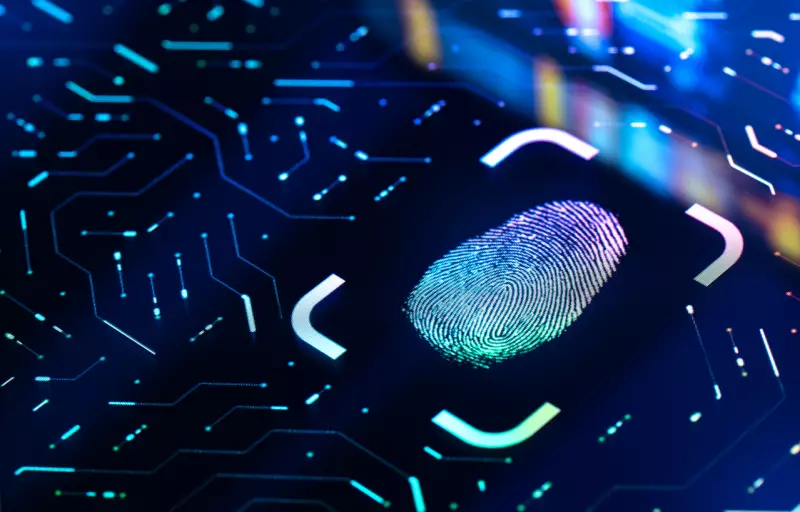Genetic and biometric data are unique and contain susceptible information, health, and personal characteristics. This data includes DNA sequences, fingerprints, facial recognition patterns, and other biological markers. If this information is used, it can lead to severe consequences, such as privacy violations and even discrimination. Therefore, it is essential to implement robust security measures to protect this data from access and misuse.
Self-destructing messages, such as ephemeral messages, are designed to automatically delete themselves after a predetermined time or upon being read by the recipient. These messages are typically encrypted and stored on secure servers and can be intercepted or accessed by authorized parties. Once the message is opened or the specified time elapses, the message is permanently erased, leaving no trace behind. This self-destruct mechanism adds an extra layer of security, preventing the data from being stored or shared indefinitely.
Encryption and secure transmission
Encryption plays a vital role in protecting genetic and biometric data. Self-destructing message platforms employ robust encryption algorithms to ensure data remains confidential during transmission and storage. Advanced encryption standards, such as AES (Advanced Encryption Standard), encode the data, making it unreadable without the proper decryption key. This encryption process safeguards the data from interception and unauthorized access, even if the message is intercepted during transmission.
Controlled access and time-limited sharing
Self-destructing messages provide granular control over access to sensitive data and for how long. The sender specifies the authorized person to view the message and sets a time limit for how long the message remains accessible. This feature is handy when sharing genetic and biometric data with healthcare providers, researchers, or authorized authorities. Setting a short expiration time allows the data to be only accessible for a limited period, reducing unauthorizedised misuse.
Auditing and tracking
Self-destructing message platforms often incorporate auditing and tracking capabilities to monitor the access and distribution of sensitive data. These features allow the sender to track who has viewed the message and provide a clear audit trail. In the event of suspicious activity or unauthorized access, the system promptly alerts the sender, enabling them to take appropriate actions to mitigate potential risks and protect the data check my blog.
Compliance with data protection regulations
Using self-destructing messages aligns with various data protection regulations, such as the General Data Protection Regulation (GDPR) and the Health Insurance Portability and Accountability Act (HIPAA). These regulations emphasize securing the storage of sensitive information. Self-utilizing organizations are reorganizing their commitment to data protection and complying with regulatory requirements, ensuring the confidentiality and integrity of genetic and biometric data.
Online notes are famous for storing and sharing information, including genetic and biometric data. However, traditional online note-taking platforms may not provide the necessary security measures to protect this sensitive information. Users’ genetic and biometric data remains secure and confidential by integrating self-destructing message functionality into online note-taking applications. The self-destruct feature can be applied to specific notes or sections, allowing users to control the lifespan of sensitive info information and seeds.
\




